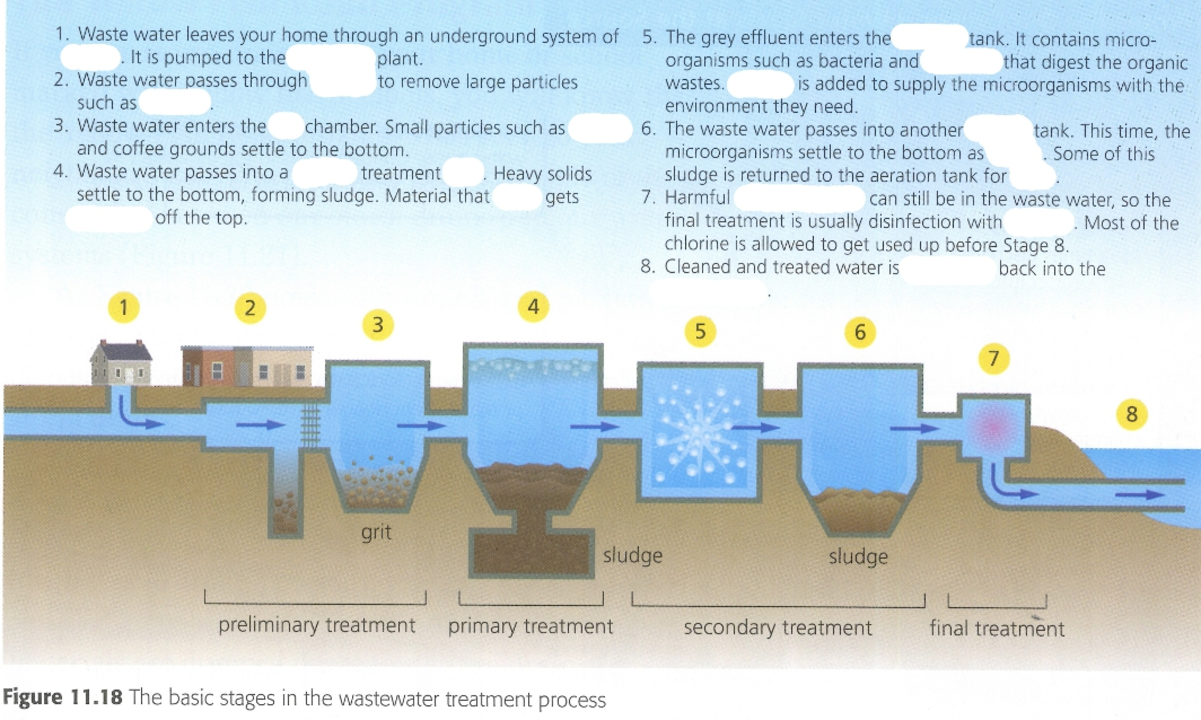Magnesium Hydroxide: What It Does and How to Use It
Magnesium hydroxide is a simple, widely used medicine you probably know as “milk of magnesia.” It works two ways: in low doses it neutralizes stomach acid, and in higher doses it pulls water into the gut to relieve constipation. Because it’s over‑the‑counter, many people reach for it first — but using it right matters.
When to use it: take magnesium hydroxide for heartburn, indigestion, or occasional constipation. For heartburn, follow the package dose for an antacid. For constipation, the laxative dose is higher and usually takes a few hours to produce a bowel movement. Don’t use it daily for long stretches without talking to a doctor.
Dosing tips: liquid forms (milk of magnesia) are easy to measure. Shake the bottle, use the provided cup, and follow the label — common adult laxative doses are a few teaspoons once daily. Chewable tablets or capsules have different strengths; check the milligrams and compare with directions. Start with the lowest effective dose.
Side effects and warnings
Common side effects include loose stools, cramping, and gas. If you get severe diarrhea, stop and call your provider — losing fluids and salts can be dangerous. People with kidney disease must avoid or use magnesium hydroxide only under medical advice because kidneys remove extra magnesium. High blood magnesium can cause nausea, low blood pressure, muscle weakness, and even breathing problems.
Watch for interactions: magnesium can interfere with absorption of some drugs like certain antibiotics (tetracyclines, fluoroquinolones), levothyroxine, and bisphosphonates. Give other oral meds two hours before or four to six hours after magnesium hydroxide when possible. If you’re on heart or blood pressure meds, check with your clinician before using laxatives regularly.
Safe use and common questions
Using magnesium hydroxide short term is usually safe. Pregnant people can use it for constipation, but check with your provider about dose and timing. Children need age‑specific dosing — never give adult doses to kids. If symptoms last more than a week, or you have unexplained stomach pain, blood in stool, or significant weight loss, see a doctor.
Alternatives include bulk‑forming fiber (psyllium), stool softeners (docusate), and osmotic laxatives like polyethylene glycol. For frequent heartburn, acid suppression with antacids or proton pump inhibitors may be better — talk to your clinician for a plan that fits your health and other medicines.
Quick take: magnesium hydroxide is a useful, fast option for occasional heartburn and constipation when used correctly. Measure doses carefully, avoid long‑term unsupervised use, and check with your healthcare team if you have kidney problems or take other medicines.
Store magnesium hydroxide at room temperature away from moisture and heat, and keep it out of reach of children. If you miss a dose for constipation, don’t double up — just take the next scheduled dose. For elderly people, start low because they feel effects faster and may dehydrate. If you plan surgery, stop laxatives 24 to 48 hours beforehand and tell your surgical team about recent use. When in doubt, bring the product label to your next appointment for clear guidance.
The environmental benefits of using magnesium hydroxide in wastewater treatment
As a concerned citizen, I've recently been researching the environmental benefits of using magnesium hydroxide in wastewater treatment. I've discovered that it's an eco-friendly alternative to traditional chemicals, as it helps to neutralize acidity and remove harmful contaminants. What's more, magnesium hydroxide doesn't produce any hazardous byproducts, making it a safer choice for both our planet and our health. Its use also reduces the formation of sludge, which in turn lowers disposal costs and lessens the environmental impact. Overall, embracing magnesium hydroxide in wastewater treatment is a smart move towards a cleaner, greener future for all of us.






